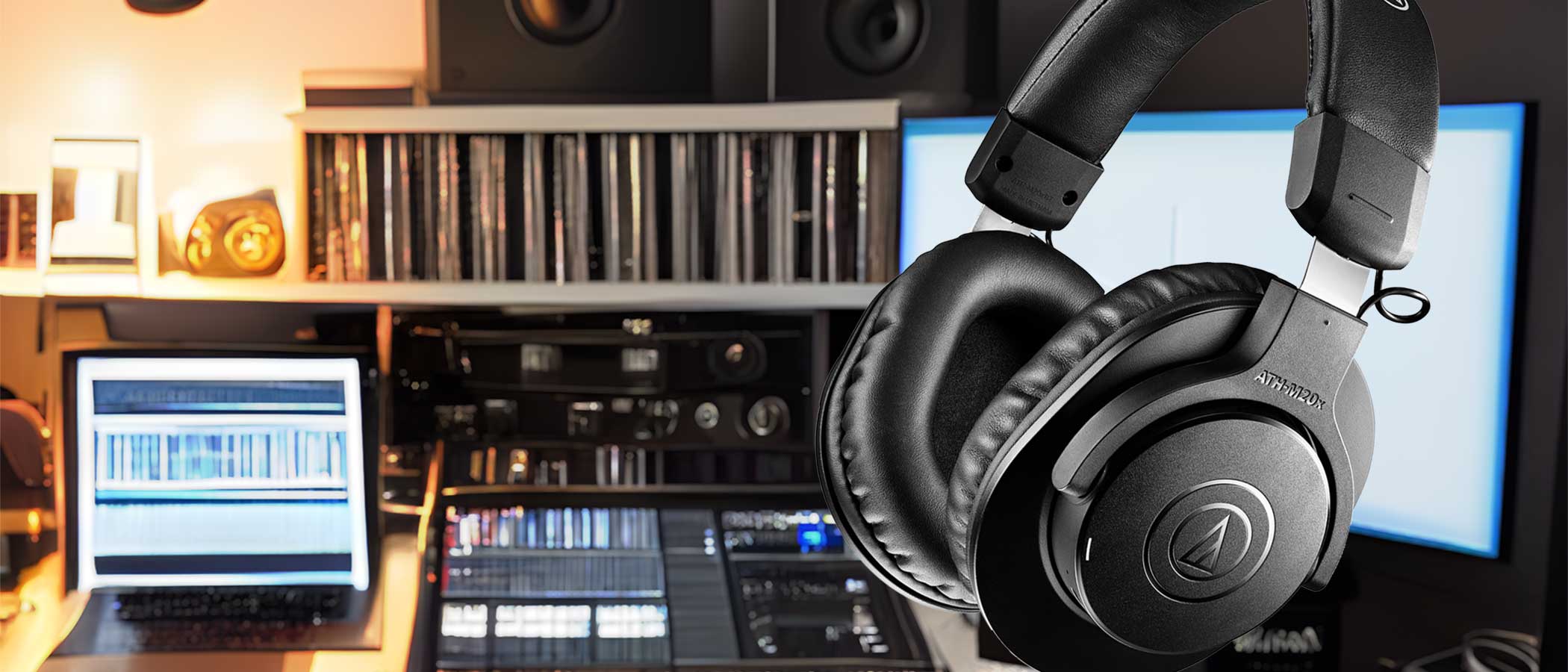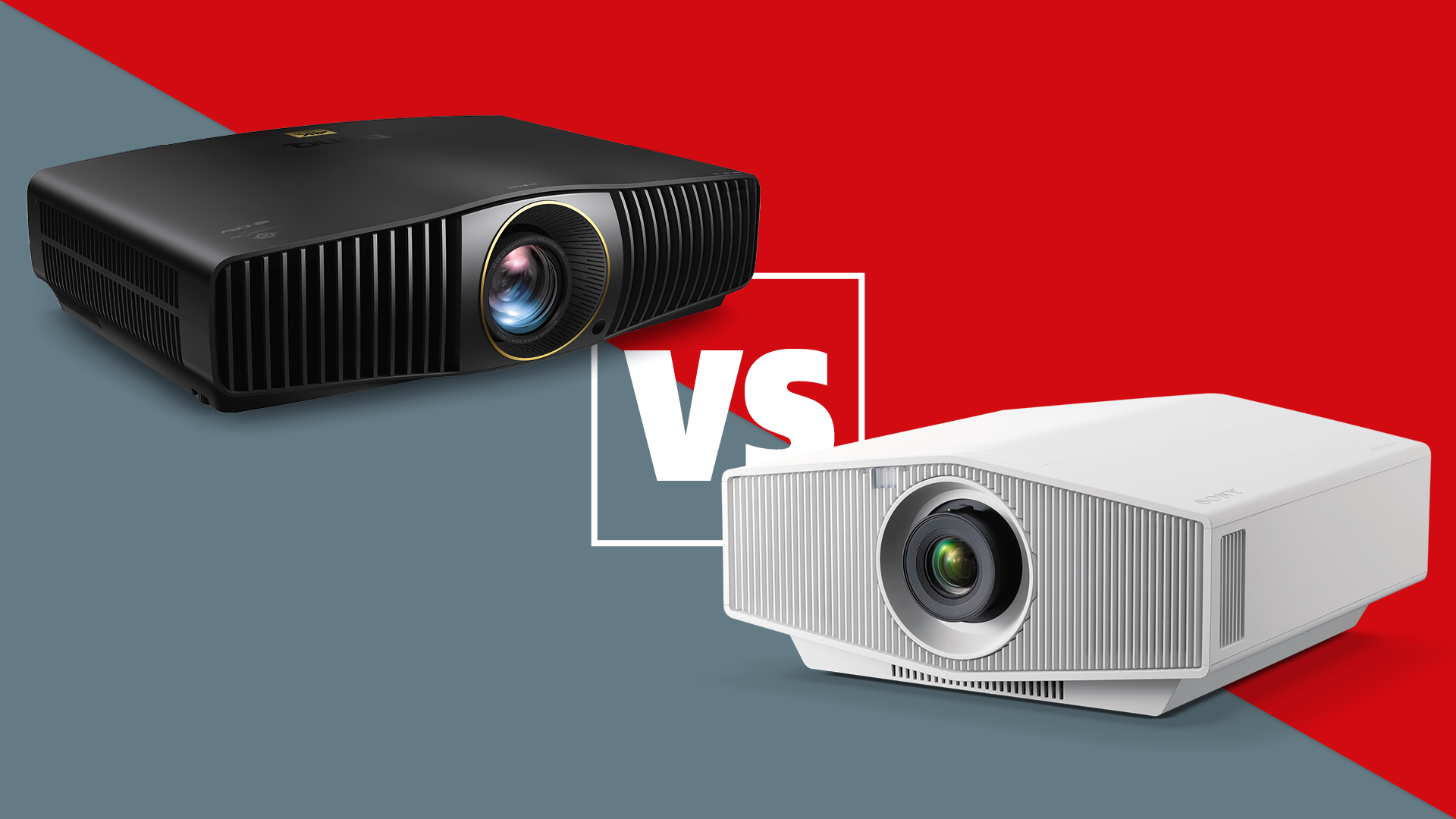Sound+Image Verdict
They lack noise-cancellation, but the ATH-M20xBTs offer great value from solid Bluetooth performance and still better (and louder) wired sound.
Pros
- +
Great price
- +
Solid sound via Bluetooth
- +
Even better through the cable
- +
60-hour battery life
Cons
- -
Cable-only version an even cheaper alternative
Why you can trust What Hi-Fi?

This review originally appeared in Sound+Image magazine, Australian sister publication to What Hi-Fi?. Click here for more information on Sound+Image, including digital editions and details on how you can subscribe.
Audio-Technica has presumably enjoyed success bringing its ATH-M50x headphones out of the studio and onto the street by adding Bluetooth to their traditional cabled operation; those reached a Mk2 version a couple of years ago and have been receiving the colour variations which the company has regularly applied to special editions of the original studio versions.
Now it’s the turn of the lesser studio sibling, the ATH-M20x – although in value terms the M20x is perhaps not lesser at all, its lower price making it almost more prevalent in studios than the M50x, thanks to its combination of reliability plus remarkably accurate, large and spacious sound, at a price which allow studios to bulk buy.
The price differential remains significant in the consumer Bluetooth version.
The latest ATH-M50xBT2 lists at £170 / US$199 / AU$379. These new ATH-M20xBT models, in contrast — they’re just £79 / US$79 / AU$169, while the non-Bluetooth M20x headphones can be found around two-thirds those prices.
So what’s missing, what’s still solid, and how does the Bluetooth operation add or detract from these popular cans?
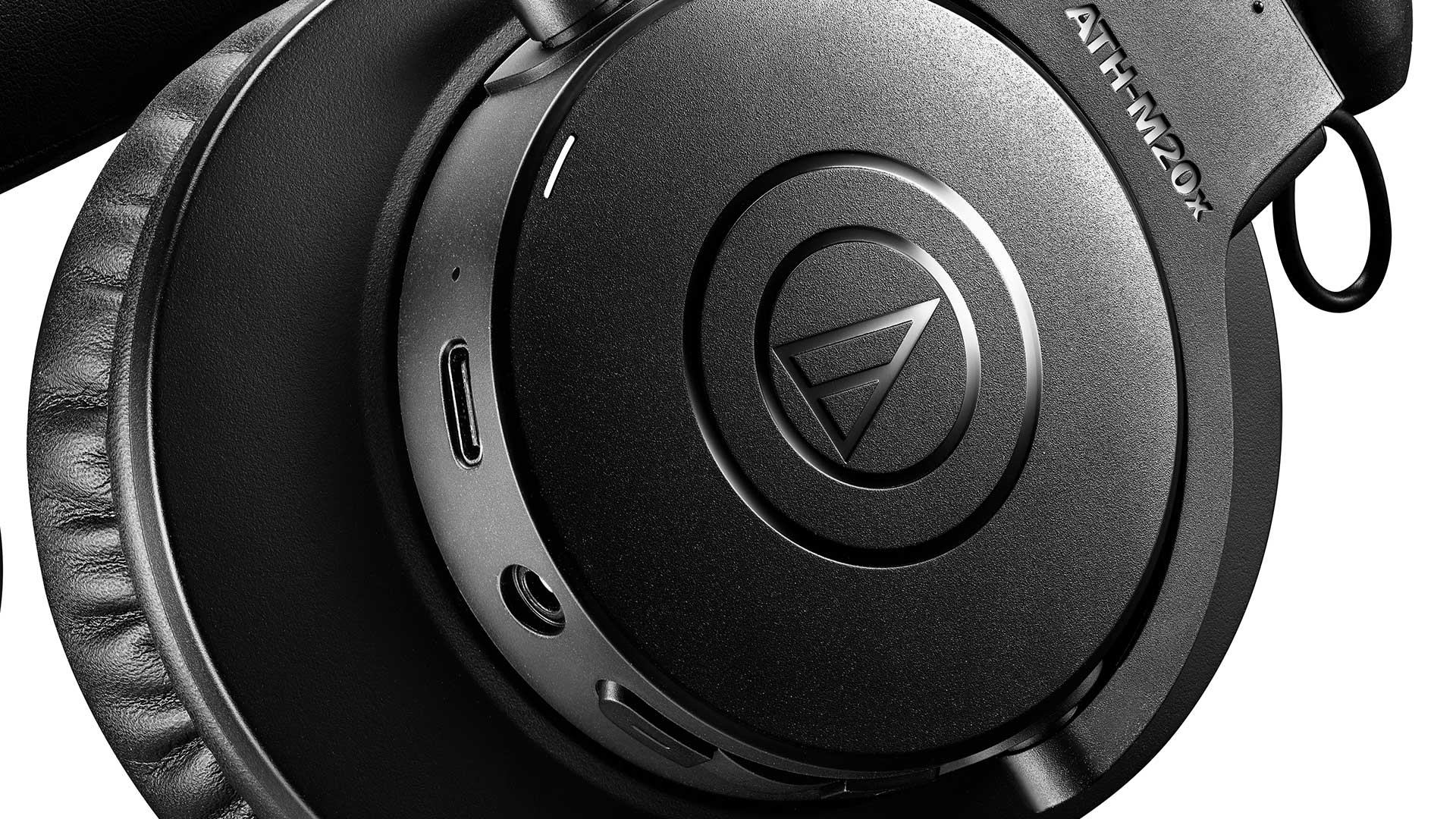
Build & fit
Given that Bluetooth operation requires fitting chips, power and batteries inside the headphones, the first surprise is how light the new wireless headphones are, at 216 grams – that’s just 26 grams over the non-wireless version.
They do indeed feel slightly lightweight in the hand; most of the moulding is simple black plastic, though they still have a solid steel headband adjuster. The earpad and headband material seem artificial rather than natural – Audio-Technica calls them simply “pro-grade materials” chosen for durability and comfort.
The latest hi-fi, home cinema and tech news, reviews, buying advice and deals, direct to your inbox.
The lightness of weight combines with a lightness of touch, with very little pressure from the M20xBT onto the side of the head, so that you barely know you’re wearing them. When you drop them around your neck there’s no swivel available to flatten them in either direction, so they do clutch your neck there, but only those with very small necks should be inconvenienced by that.
Meanwhile the buttons added to the left headshell are basic but effective – just a three-way set with volume plus and minus at either side, doubling up for track skip and restart and call taking, for which a microphone is built in. Power up/down uses the central button.
Despite the lack of heft there’s enough battery in here for 60 hours of use, and we were particularly impressed to find that if you neglect to power them down, this doesn’t much seem to drain the power bank. After three hours of use and being left on all night, the little voice still announced “battery high”.
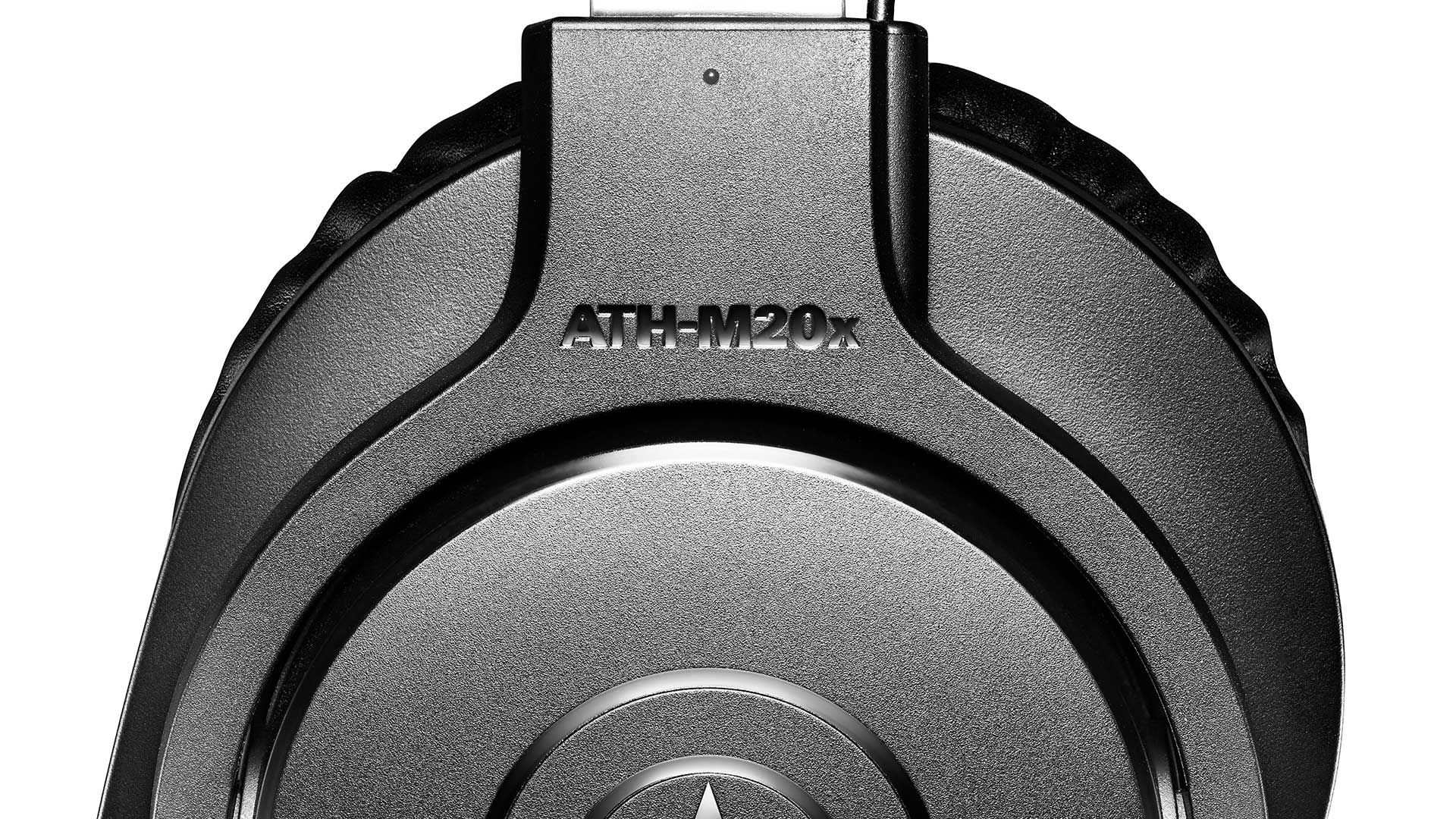
Solid sound

Type: active, Bluetooth, overear dynamic
Driver: 40mm
Bluetooth codecs: SBC, AAC
Quoted playback time: 60 hours wireless (no limit via cable).
Sensitivity (cabled): 100dB/mW cabled
Impedance (cabled): 36 ohms
Weight: 216g
Meanwhile the sizable earcups host 40mm drivers with rare-earth magnets, and these deliver what we must declare to be wonderful sound for the money. As with the studio originals their sound is solid and spacious, well underpinned by pacy bass but with a wide and airy soundstage within which every instrument gets its due, while vocals are presented clearly.
How full and rich Horrorshow’s Yours & Mine sounded with a full bass line and beats, crisp triple-panned vocals, and beautifully clear guitar clicks and piano drop-ins.
How ethereal were the Oklou auto-tuned vocals on Flume’s Highest Building, and then how massive a mega-phat moment the Audio-Technicas allowed the stomping bass synth each time it arrived to dominate the track.
There is one caveat to this performance. The sound is significantly clarified if you use the supplied 1.2-metre cable instead of the wireless connection. (Bluetooth offers only SBC and AAC, with no higher-quality codecs available to Android users.)
For example, there’s a lot going on in Alex the Astronaut’s Haircut – the busy rolling drums in particular, and these soften into slight confusion when played via Bluetooth; they were more punchy and defined via cable.
There’s also far more level available via cable than via Bluetooth; when listening wirelessly we were constantly hitting the end stops and still wanting more volume. The headphones also announce the end stop with both a bleep and a momentary drop-out in music, neither of which is the least bit necessary.
The lack of volume is most notable when on a commute. With no noise-cancelling available we found it harder to enjoy the wireless MT20x over the uncancelled rumble of a bus engine drone, which masked their bass to leave us listening only to the midrange and upper frequencies, along with chattering from the back of the bus.
Turning it up helps, but as noted, Bluetooth level is limited. Noise-cancelling would both clarify and protect your ears against needing to play louder.
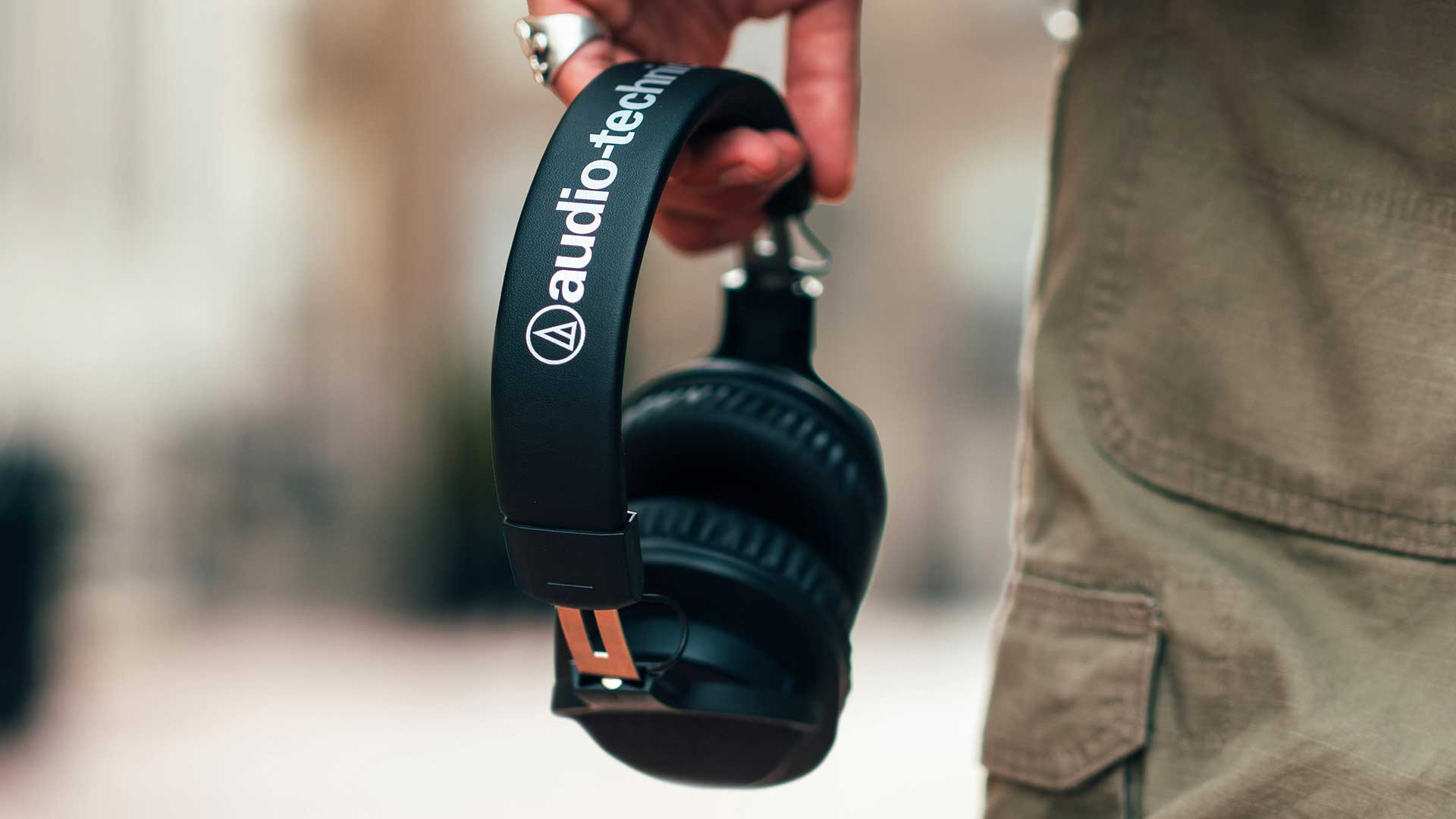
Verdict
So for train, bus or plane, maybe consider paying more for noise-cancelling.
Otherwise the ATH-M20xBTs offer great value from solid Bluetooth performance and still better and louder wired sound whether at home (where low latency works well for videos and games), when walking the streets, or for music in the office, should you ever go back to one.

Jez is the Editor of Sound+Image magazine, having inhabited that role since 2006, more or less a lustrum after departing his UK homeland to adopt an additional nationality under the more favourable climes and skies of Australia. Prior to his desertion he was Editor of the UK's Stuff magazine, and before that Editor of What Hi-Fi? magazine, and before that of the erstwhile Audiophile magazine and of Electronics Today International. He makes music as well as enjoying it, is alarmingly wedded to the notion that Led Zeppelin remains the highest point of rock'n'roll yet attained, though remains willing to assess modern pretenders. He lives in a modest shack on Sydney's Northern Beaches with his Canadian wife Deanna, a rescue greyhound called Jewels, and an assortment of changing wildlife under care. If you're seeking his articles by clicking this profile, you'll see far more of them by switching to the Australian version of WHF.
